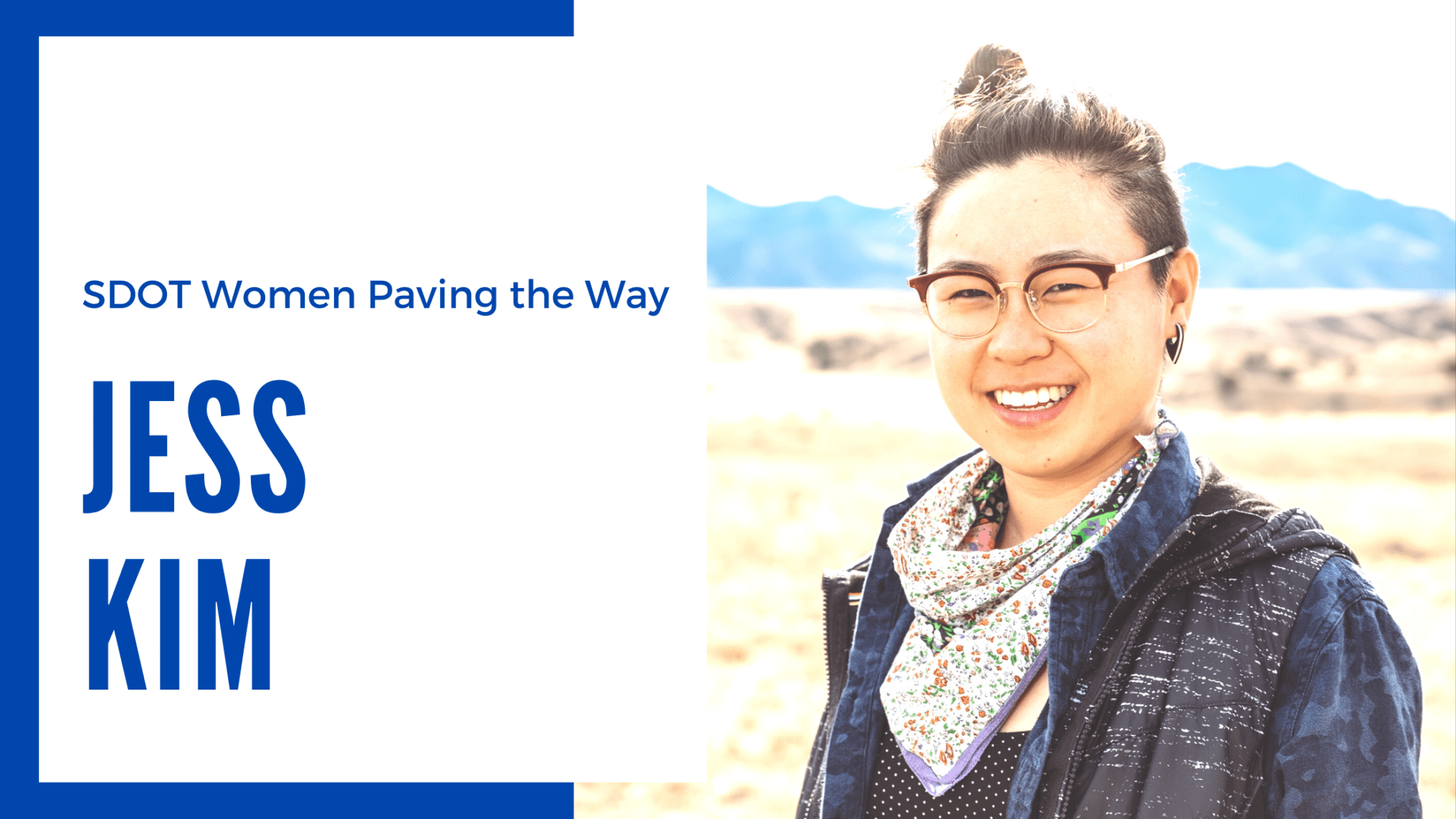
During Women’s History Month in March, we’re sharing stories of SDOT’s talented, brave, strong, and determined employees who are making our city safer, opening paths for others, and fighting for a more equitable city.
As we round out Women’s History Month, we again acknowledge that our communal understanding of gender is evolving. We recognize that gender is deeply personal, and each person has a unique experience in the world that should be honored. We celebrates the lives and work of everyone on our staff and in our community, no matter their gender identity.
Today, we’d like to introduce you to Jess Kim.
Jess is a civil engineer who designs the streets you bike, scooter, drive, bus, walk, and roll on. Jess is also one of three co-chairs on our Change Team, a connector who enjoys finding connections between people, ideas, and actions, and someone who identifies as an androgynous femme. Jess uses the pronouns they/them/theirs and she/her/hers.
We had the opportunity to have a virtual sit down with Jess to learn about their work as an engineer and how they’re advocating for equitable urban design in Seattle.
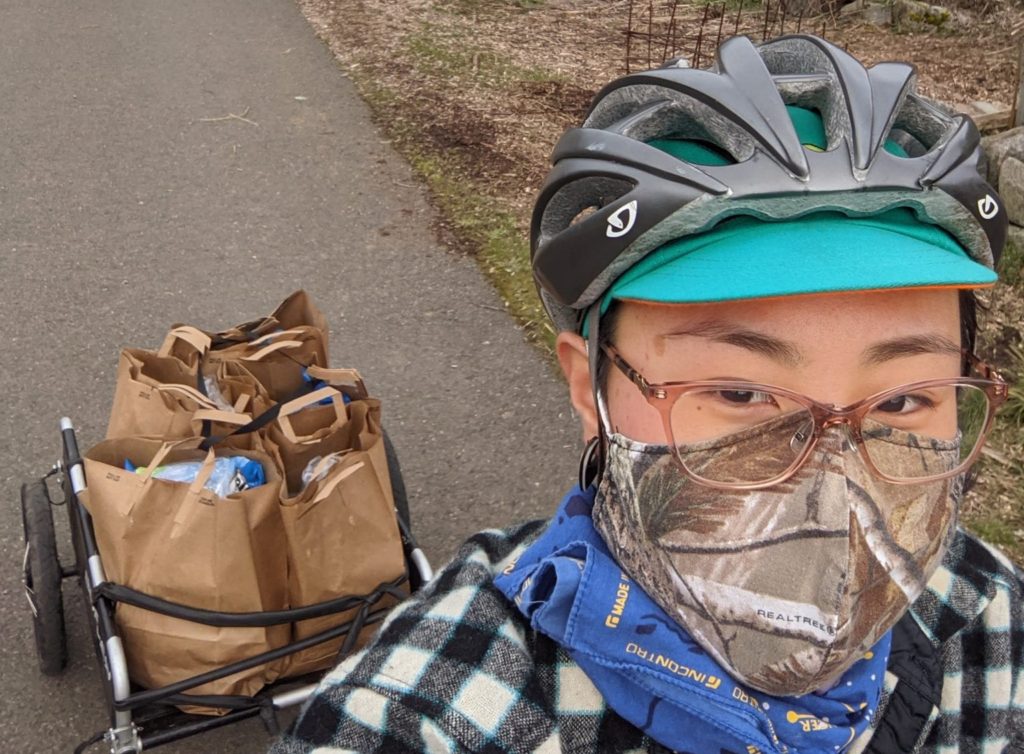
Hi Jess, to start off, can you tell us about what you do as an engineer at SDOT?
I work in our Capital Projects Division as an Associate Multi Modal Engineer where I design capital projects that have to do with bike, pedestrian, vehicle, and transit infrastructure.
To give a little background, most of SDOT’s capital projects start in our Project Development Division. For example, if we’re redesigning a street, the Project Development team works with the community to determine how we should allocate the space on the street. They reference modal master plans, the Seattle Streets Illustrated, and other resources to determine if there should be bike lanes, parking, turn lanes, bus lanes, etc. Once they complete conceptual designs, often done with the help of outside consultants, they pass the plans and planning documents to the Design Group in the Capital Projects Division. We take those conceptual designs, implement our City standard practices, collaborate with other City departments and SDOT divisions, and create construction plans to bring projects to real life.
Part of my job is understanding how different modes of transportation may interact on the road and design based on other physical constraints such as the geometry of an intersection and existing infrastructure. For example, I consider what a bike and bus interaction might look on a street that has a protected bike lane and bus stops. SDOT has developed standards for how to treat different bus stops to create safer and more accessible conditions for people boarding the bus and encourage people riding bikes to slow down near the stops.
In all my work, I try to advocate for equitable designs, especially in communities of color that have been historically underinvested.
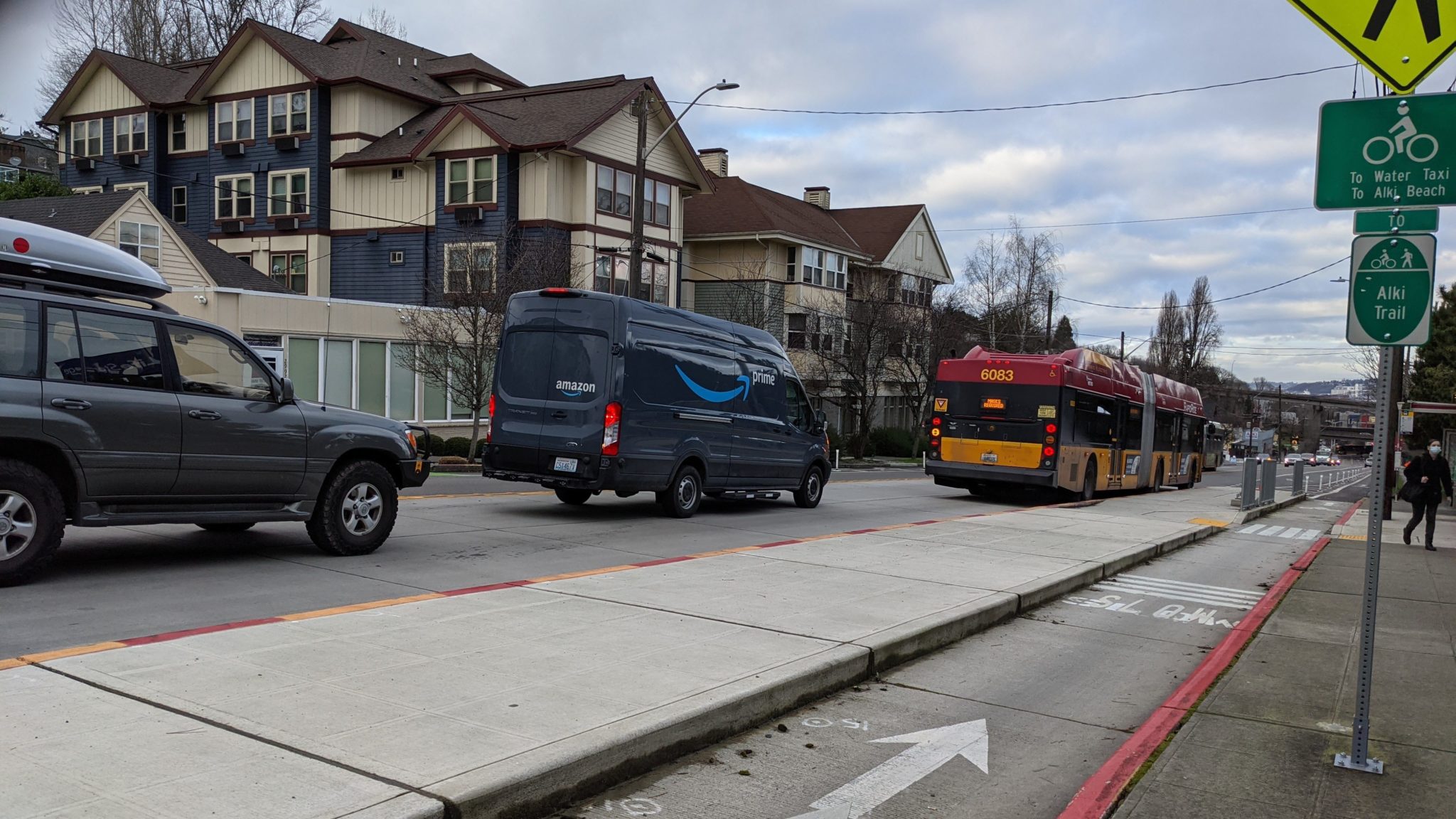
What’s your role on the Change Team?
This year I’m serving as one of three co-chairs on the Change Team. The Change Team is made up of employees across SDOT who work to dismantle institutional racism. We do that through holding trainings for coworkers and through ensuring our race and social justice priorities are woven throughout our work plans and processes. I consider the Change Team a small but mighty group that holds SDOT accountable to the public we serve and to our employees who carry out the work. My role as a co-chair is to help support Change Team members, hold space for difficult conversations as a facilitator and peer, and be a strategic connector of people and different efforts advancing equity at SDOT and throughout the City.
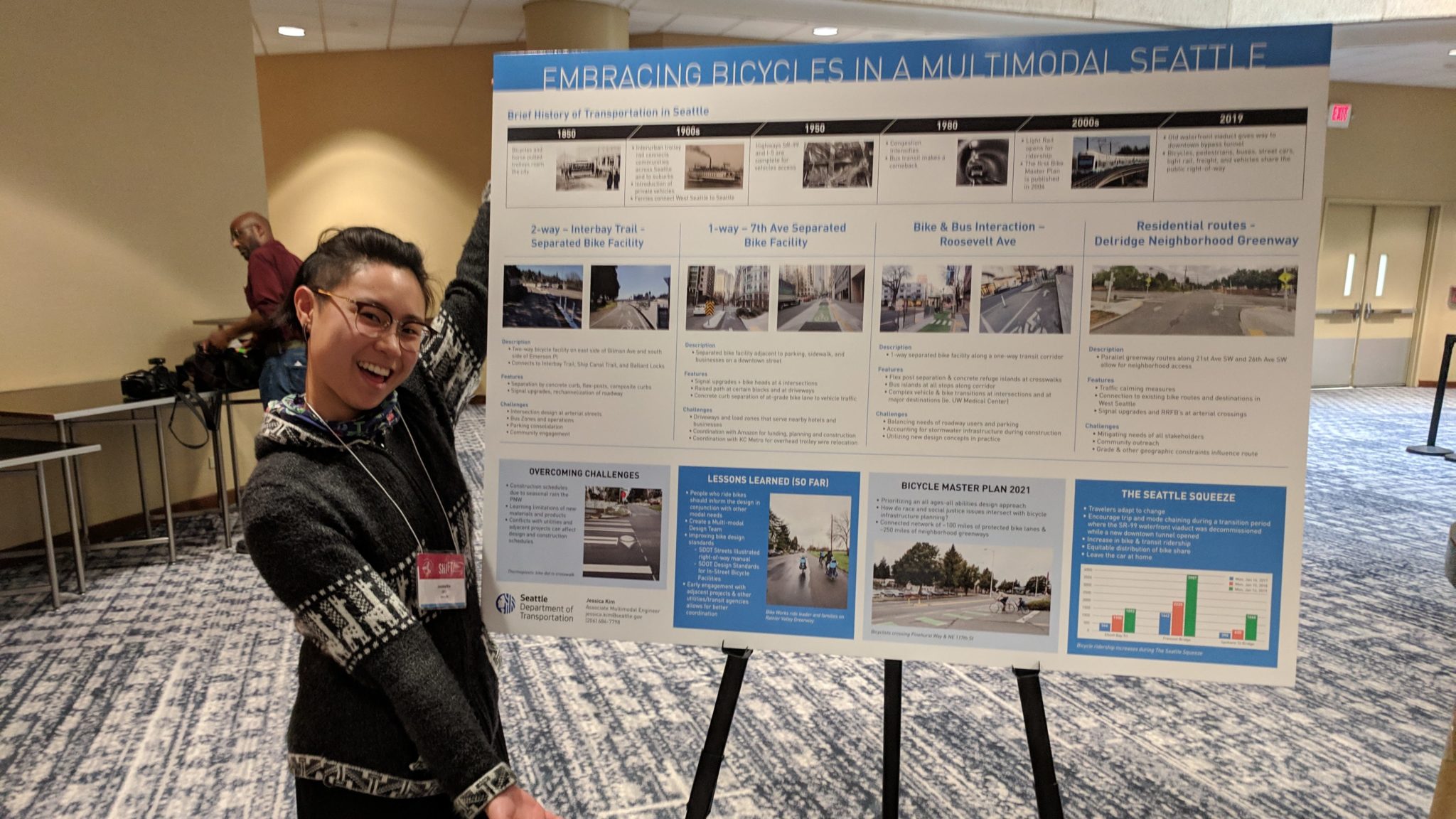
What do you love about your roles at SDOT?
I’m a connector. As an engineer, my job is to connect a lot of pieces to be constructed with cohesion. On the Change Team, I connect people and ideas to make progressive waves of social change within government.
Racial equity is so integral to the civil projects that we do. We have a direct impact on the community’s ability to get around and we have a lot of work ahead of us to reckon with and undo past harms. Within SDOT, we have brilliant minds who are addressing and grappling with these inequities at all levels of our work from budget processes to policies that aim to improve safety and everything in between. I bring in the wealth of community knowledge I learn from grassroots organizing into my work at SDOT. Working with and learning from the community and then translating their goals into a more bureaucratic spaces is not easy. I feel thankful to be a part of this movement toward racial equity and to be surrounded by friends and coworkers who lead with their values.
Tell me about a defining moment in your career journey?
After college, I lived in the Bay Area and worked as a structural engineer designing luxury high-rise apartment buildings in San Francisco. As I learned more about gentrification and the displacement of communities of color in the city I grew to know and love, I wanted to shift my career toward something I could be passionate about and that aligned with my values.
One day, I attended a local bike advocacy summit where I met one of the panelists, Wil, who quickly became a dear friend and mentor. I asked the panel this question, “how do you get people to ride bikes?” His answer was so simple and so poignant, “you just ride your bike every day!”
I took that to mean that I needed to model the type of world I wanted to see. Wil helped me realize that with my engineering background I could actualize my joy of riding bikes into a career.
I decided to leave my job as a structural engineer and move to Seattle to attend the University of Washington. There, I earned a master’s degree in civil engineering with a focus in transportation and soon after started working for SDOT in the multi-modal design group.
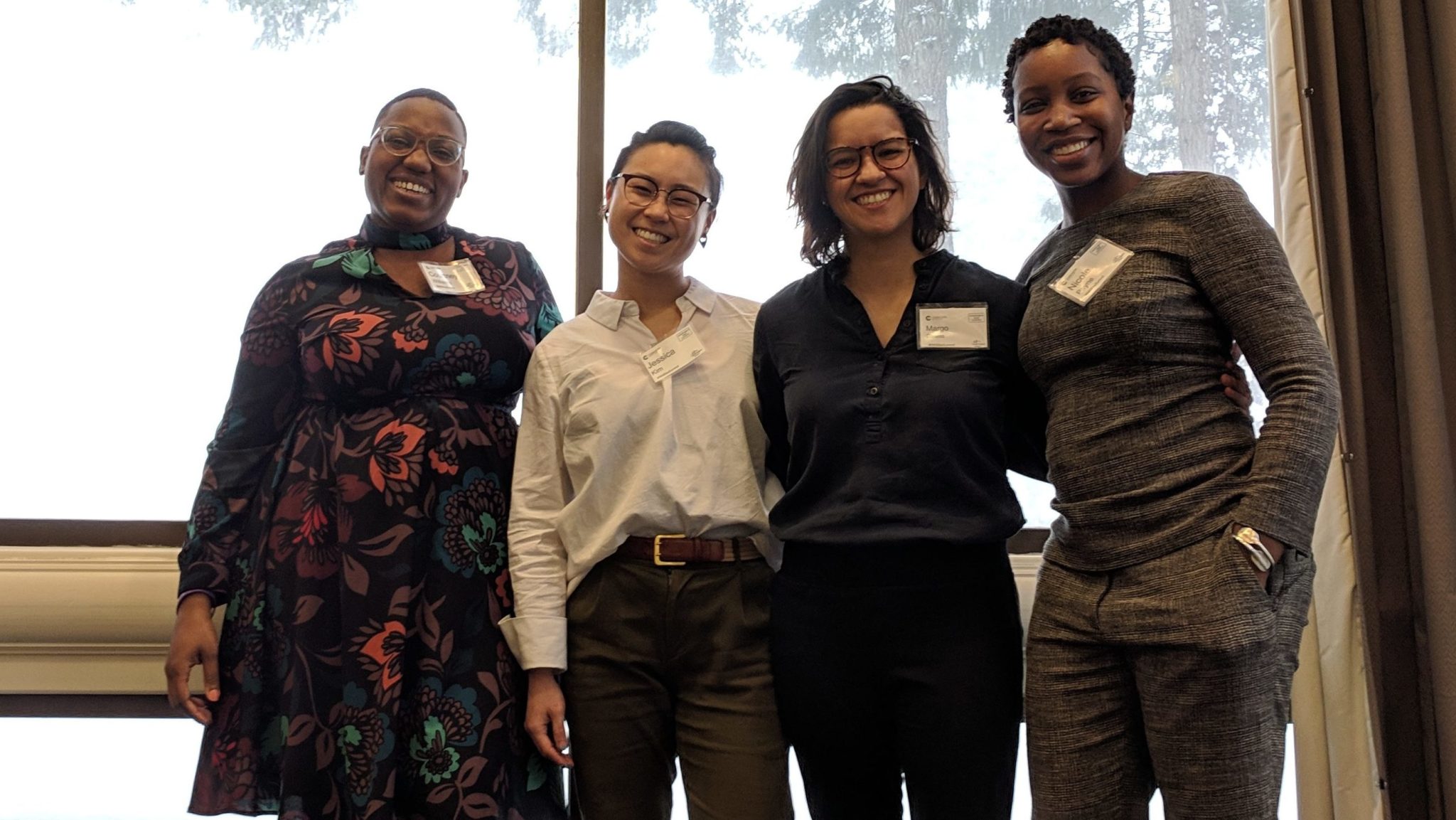
You’ve shared that you identify as an androgenous femme. How do you think that identity has impacted your career?
I think representation across the board is important.
I’m riding on the coattails of strong women who laid the foundation for more gender diversity in historically male dominated industries. I am also profoundly gracious to the queer community for paving the way to not only be included in cis-gendered spaces, but to be unapologetic in how I present myself in my professional and personal life.
The way I carry and present myself as an androgynous femme bicyclist has not always been welcome in the previous places I’ve worked and I often found myself either fearing for my safety or molding into a socially acceptable version of myself in order to not draw attention to myself or be harassed.
I’m fortunate that during my time at SDOT, I haven’t felt unsafe in how I show up in the workplace so I feel that I’ve been able to assert myself in more ways beyond the job I was hired to do. It helps having a supportive supervisor who understands my passion for race and social justice and connecting elements of my organizing work to my engineering role. One thing I hope to do in my career is to be an example for how engineers can be more than just designers and build from a place of deep listening to community needs.
What is the best career advice you’ve ever received?
I don’t remember where I first read it, probably from some zine that I have, but this quote stays with me when the going gets tough:
Your existence is resistance and that is enough.
I took this to mean that if you can show up for yourself truly and authentically, and believe in yourself and your values, then others will see that in you. And that’s enough.
I had to revisit this quote again because I had an inkling this was actually a synthesis from something else and sure enough, it was the Lorde herself who said that “Caring for myself is not self-indulgent. It is self-preservation, and that is an act of political warfare.” Meaning, caring for one-self is a means of self-preservation in a world that is hostile to your identity, your values, your community, and way of life.
Is there a woman you admire professionally or personally, and why?
My mom. She got married, moved to the states, and had me when she was very young. When I was growing up, she was a stay-at-home mom and wife taking care of everyone else in the house before tending to herself. However, all throughout my childhood, without me realizing it, she took night classes. Having only a certificate of completion, she got her first job in Silicon Valley and worked her way up in the semiconductor industry eventually becoming an engineer and then a manager. I’m so proud of her, she recently took on a new manager position at a start-up having shattered the proverbial bamboo and glass ceiling.
Since I’ve grown in my professional and personal life, she’ll sometimes confide in me to help her write evaluation reports for her staff. It brings me joy that she trusts me as her kid and someone who can support her and give positive guidance on how to understand and handle conflicts on her team.
I think about her story and that quote, “your existence is resistance and that is enough.” It’s not just about working hard to get what you want. You really must believe that what you’re doing is right for yourself and you’ll get where you need to go.